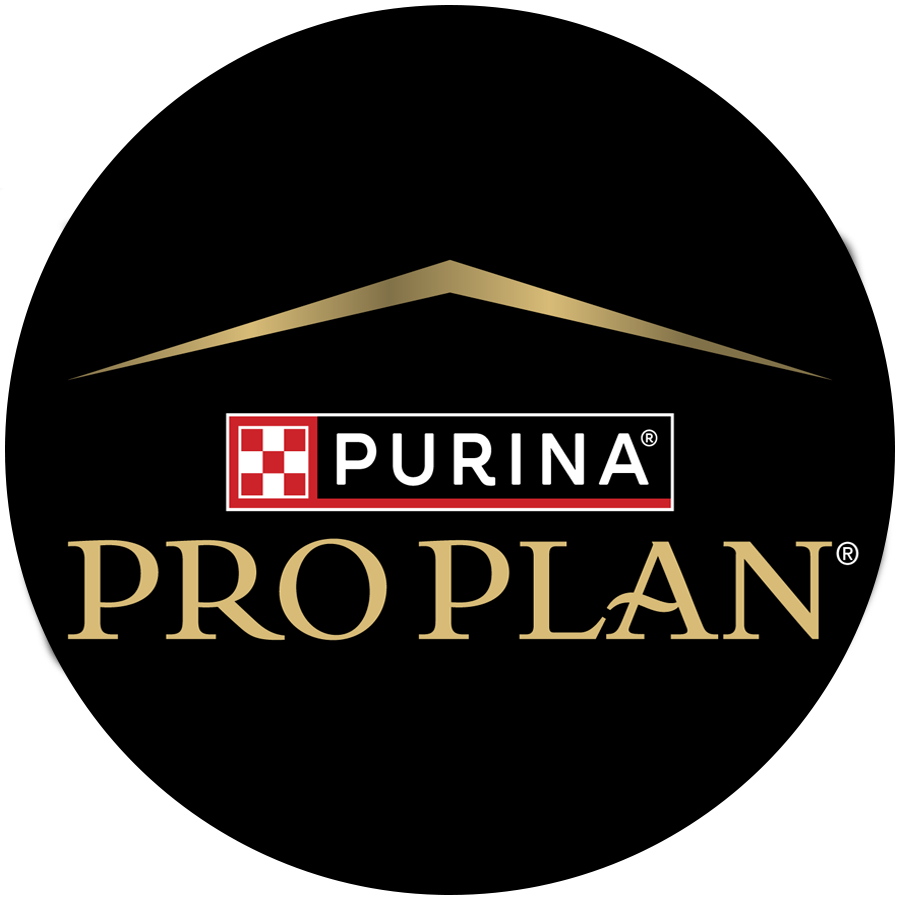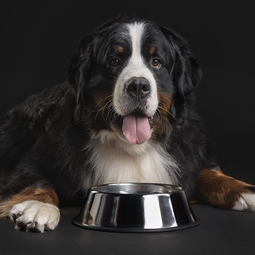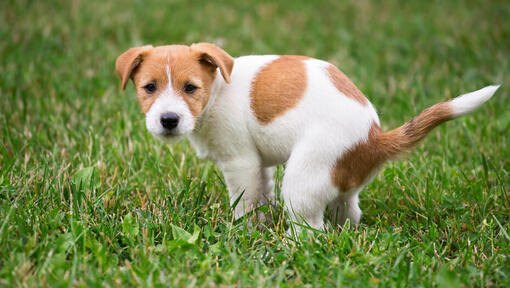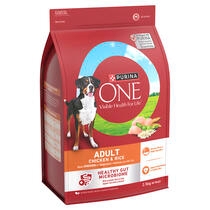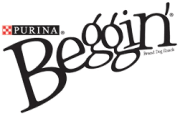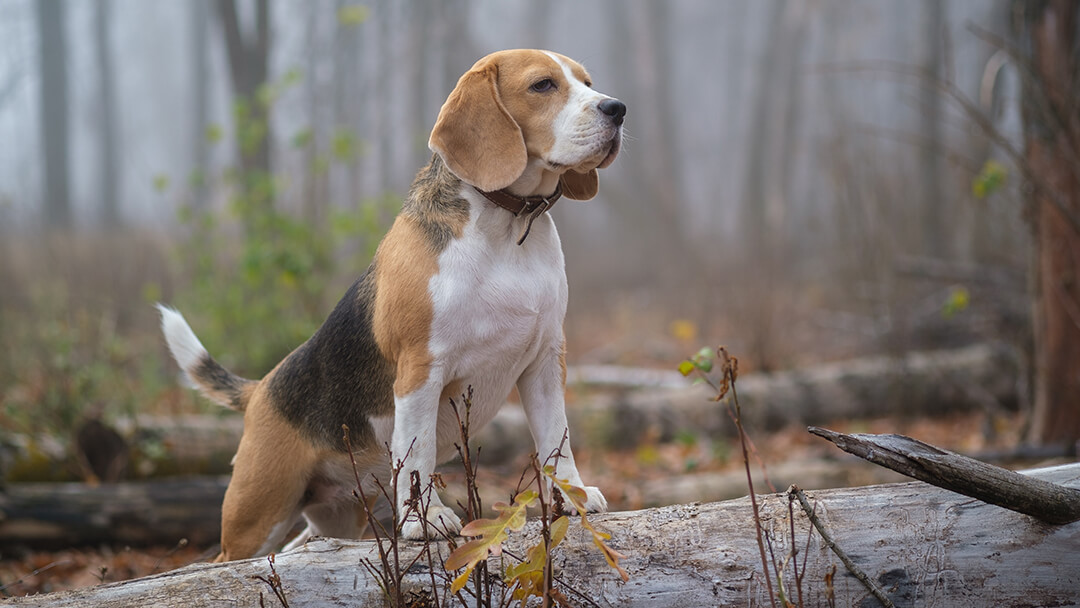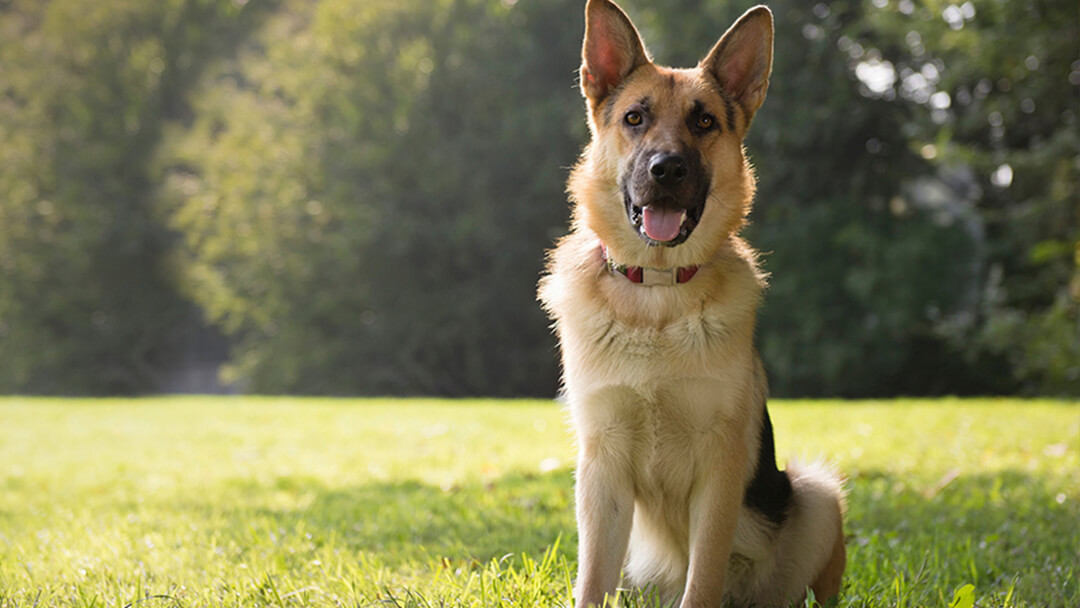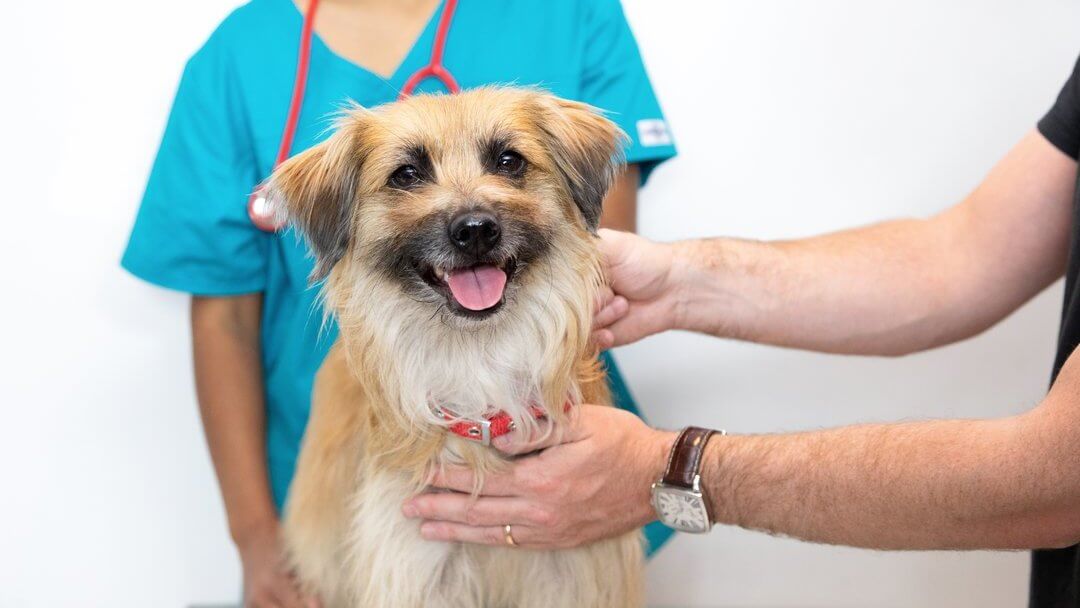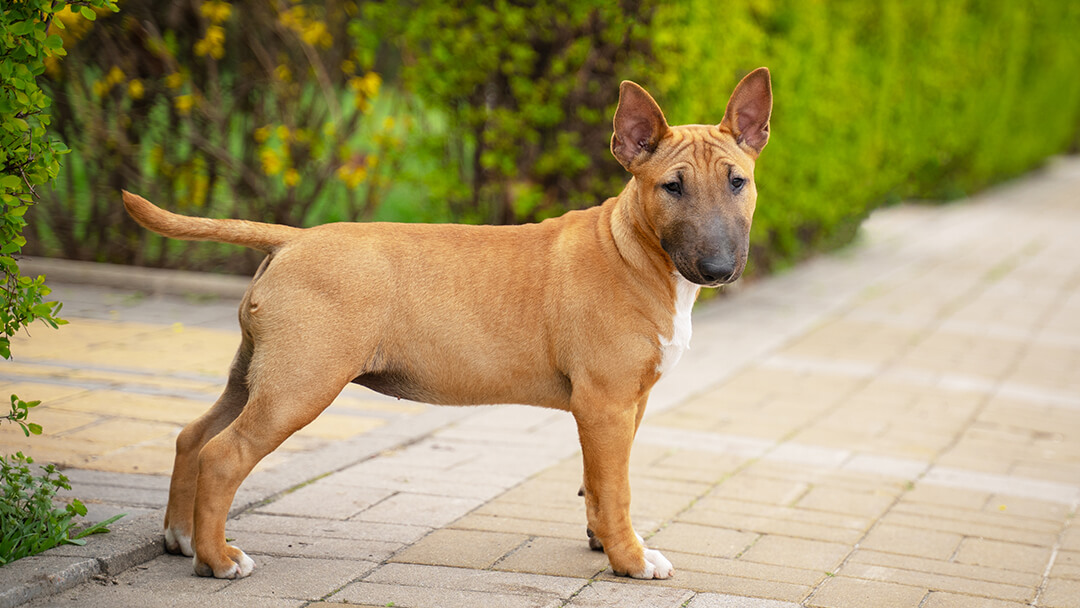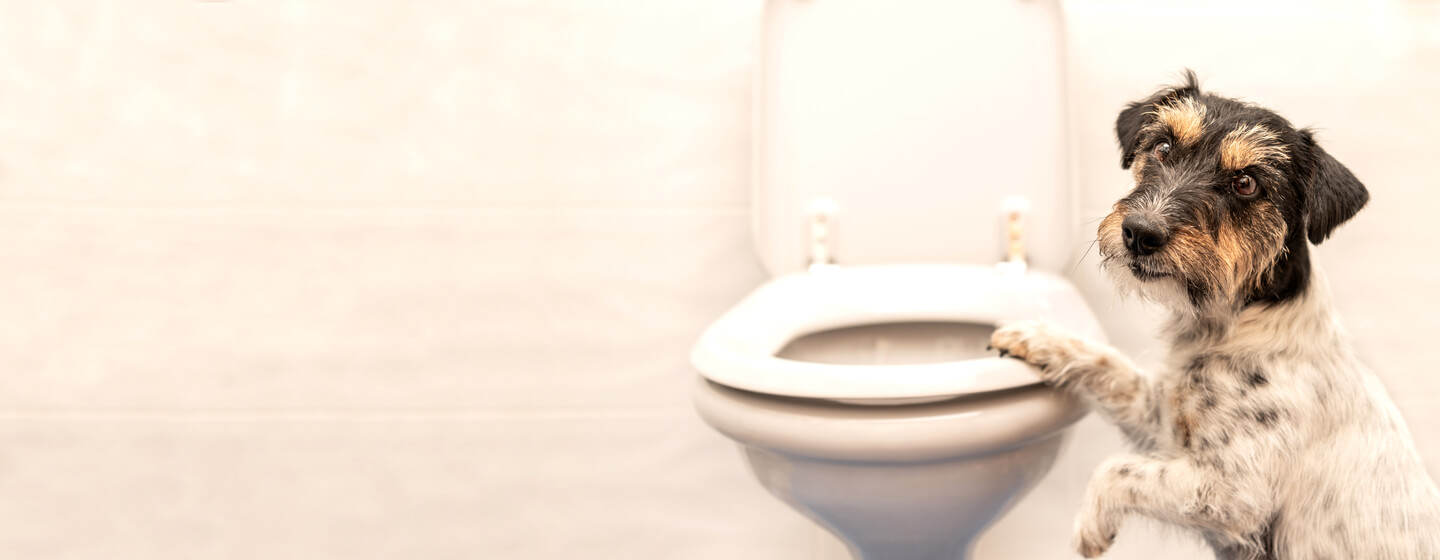

Dog constipation can affect many dogs. Make sure you know what the symptoms are and discover what you can do to help your dog get back to their normal self.
Dog constipation is not exactly the kind of challenge you’re looking forward to when becoming a dog owner, but it is a problem you are likely to face at some point. This is why we recommend becoming familiar with the signs, the causes and the things you can do to help your pup through the discomfort. Here is a simple need-to-know guide to dog constipation.
Dog constipation symptoms
Due to the daily poop scooping duties, you should quickly notice when your dog is not on their regular schedule. If you discover that your dog has been unable to produce stools in more than 24 hours, this is a clear indication that your dog is experiencing constipation.
Here are the most common dog constipation symptoms to be aware of:
- Tense abdomen
- Hard, dry, small stools
- Straining (can be mistaken by owners as difficulty urinating sometimes)
- Lack of appetite (occasionally)
- Hunched posture
Dog constipation causes
Potential causes for dog constipation include:
- Dehydration
- Not enough or too much fibre in their diet
- Swallowing grass
- Sedentary lifestyle
- Hair ingestion
- Hernia
- Tumours near the pelvic region
- Side effects of some medications
- Neurologic disorder
- Foreign body (ingestion of an object which causes an obstruction in the gastrointestinal tract – though you are likely to notice other concerning clinical signs such as inappetence or severe abdominal discomfort before you notice constipation)
If your dog gets constipated regularly, speak to your vet to find out whether there is an underlying cause that could be addressed.
Dog constipation treatment
We recommend to always check with your vet possible solutions to alleviate your dog’s distress. But for really mild episodes or while waiting for that vet appointment, here are a few dog constipation treatment ideas you can try:
Make sure your dog has access to fresh water. Dog constipation symptoms can be alleviated if you make sure your pup gets enough hydration. Sometimes, you might find that feeding a wet food rather than a dry food can help.
Getting the whole body to move will make your dog’s intestines active too – and you don’t have to institute a boring routine of walking them up and down the street to get them moving. There is a whole world of dog sports you can tap into for both your benefit. Games such as flyball, dog diving or flying discs are just as fun as they sound and will get your dog moving. Get some inspiration with our dog games and play articles.
Organising your dog’s eating habits can help regulate their stools as well. A regular feeding frequency (two to three meals daily) can help.
Food selection
The type and nutrient profile of the food fed can have a significant impact on management of dog constipation. In particular, the level of fibre in the food can affect constipation, and providing the correct level can help to normalise intestinal motility and alleviate constipation. Feeding too much or too little fibre, however, can worsen constipation, so speak to your vet and they should be able to provide appropriate dietary advice. Addressing the diet is one of the most important management strategies.
Veterinary treatment for dog constipation
Your vet will be able to help your dog get back to their normal self. A physical examination will be performed at first to determine the severity of your dog’s constipation. If additional tests are needed to find out what’s wrong with your dog, your vet may recommend laboratory analyses, x-rays, or endoscopy. (Endoscopy involves inserting a tube with a small video camera into your dog’s digestive tract so the problem is visible.) In some cases, a sample of gut may also need to be taken, or abdominal surgery required – none of these sound particularly pleasant, but in the end they will all help your dog.
Once your dog has been thoroughly assessed, the vet will decide the best course of action to treat dog constipation. This may include adding fibre additives to their diet, dietary alterations or performing an enema. You may also be provided with probiotics, laxatives or stool softeners by your vet for use at home.
What to avoid when your dog is constipated
There is a lot of false advice online about home remedies and treatments for dog constipation. It is important to understand that you should always talk to your vet before administering any remedy to your dog.
Enemas
Enemas should only be administered by the vet and not done at home. The risk of injury or even toxicity is considerable, so it’s vital that professionals handle this process.
Milk
Because many dogs are lactose intolerant, some people claim that milk is a good at-home treatment for dog constipation by acting as laxative. However, milk can cause diarrhoea and is not advisable, since it can cause further health problems in itself.
Laxatives
Laxatives or stool softeners should only be prescribed by the vet. Never give a dog human laxatives, which will be far too strong for them and risk creating complications.
Dog constipation can affect many dogs, but can be managed by appropriate treatment. It can also be preventable, so ensure your dog gets plenty of water, has regular exercise and there is a balanced fibre level in their diet. Unfortunately dog constipation is only one of a number of common digestive issues. If you’re wondering what’s normal when it comes to dog poop, read our popular article for an in-depth foray into everything dog poop-related.
With the outbreak of Coronavirus many owners wonder how to best take care of their dog during this uncertain time. We've answered the most frequently asked questions about Coronavirus and pets here.
Featured products
Related articles
